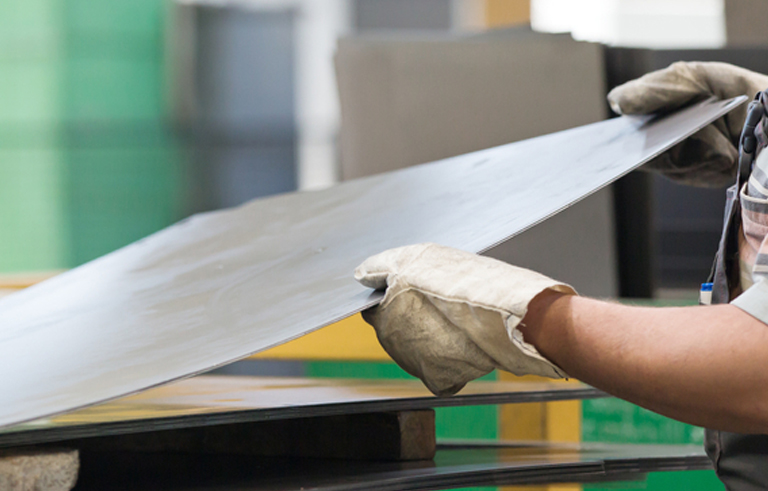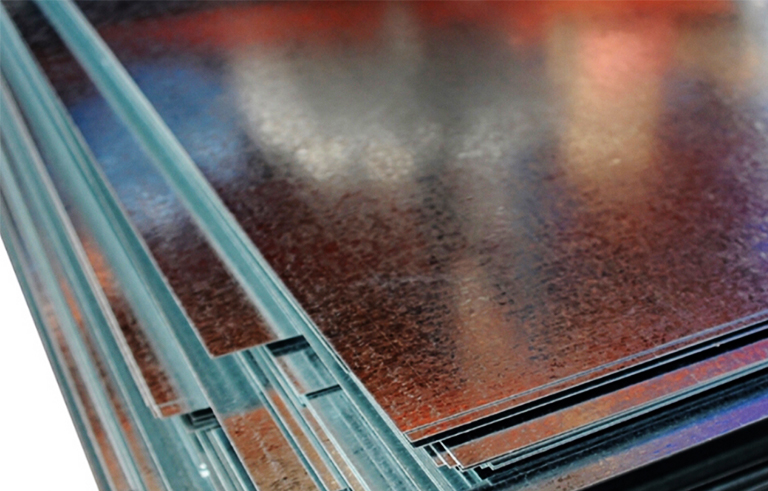This is an extremely complex problem, and is easy to comprehend once more thought is put into it. The art of metalworking dates back thousands of years. Several witnesses assert that metals had been known and worked millennia before Christ. For example, consider the previous gold and silver jewels found in many museums dating back to the fourth and fifth millennium BC, considering that the development of metal processing depends on several competencies: chemical, physical, technological, etc.
This article explores the history of sheet metal fabrication and machining.
The History of Sheet Metal Fabrication

1400-1700
Towards the end of the 15th century, metalworkers no longer stacked coal and iron to liquefy steel in primordial furnaces. The period is also noteworthy because Leonardo da Vinci originally sketched his idea for a rolling mill.
Interestingly, the first rolling mills were not recorded for another 100 years, in 1590, allowing Da Vinci’s concept to come to life. One of them intended to create gold sheets that would be used to create coins. Another was designed for cutting formed sheets into strips.
During the beginning of the 17th century, this innovation was met with failure. A flawed technique known as puddling was commonly used in that period.
Cast iron was puddled by heating it in reverberation furnaces to liquefy it. Because of the use of sand as the bed for puddling, almost half of the iron was drained from the slag.
Puddling was such an inefficient method of producing steel that it took until the 1800s to refine it enough to produce mild steel. Despite pudding’s limitations, wrought iron was created through the technique used in both Eiffel Tower constructions and the Statue of Liberty!
1700 – 1900
With the advent of the industrial revolution and an increase in the demand for sheet metal fabrication, manufacturers developed new inventions like press brakes and assembly lines which allowed them to produce better quality parts.
The 19th century also saw the invention of steam and aluminum hammers, which led to the beginning of a new era in iron production. It was possible to mass-produce steel from cast iron by 1857 due to the inexpensive process.
Technology progressed at the same rate as the industry. The General Tramping Union of Tinplate Workers merged into different unions in 1861. The result was the founding of the General Union of Braziers and Sheet Metal Workers in Great Britain and Ireland
Future

Over the past 600+ years, the sheet metal industry has developed and grown significantly, and our team at CSM will continue to extend this tradition of quality and innovation. The future sheet metal fabrication techniques and processes that will continue to progress and evolve will benefit customers.
Process of Sheet Metal Fabrication

- Cutting:
The cutting in metal fabrication is one of the most fundamental processes, which can be accomplished by laser cutting, water jet cutting, shearing, sawing, or flame cutting. In other words, the sheet metal is turned into a piece of the required size and shape with all the pre-measured details. The technologies most commonly used these days are the water jet and laser cutting machines.
- Casting:
Fabricators pour molten metal directly into a die to create a mold. The metal cooled down during the process, and once it turned solid, the part remained after the die was removed.
- Forging:
A fabricator can bend and shape raw metal using high-pressure equipment, allowing it to be shaped and carved into the desired shape.
- Punching:
A turret punches predesigned patterns into metal for decorative or functional purposes.
- Drawing:
Using a tapered die, liquid metal is pushed into a tensile force in order to be drawn into the tapered die.
- Milling:
During the milling process, the metal is perforated, which due to the nature of the machine, is not always circular.
- Drilling:
During drilling, circular bits are used to make holes in the metal.
- Turning:
A technician spins the piece of metal on a spinning platform, allowing a radial cut to be made with a tool as the platform spins.
- Extrusion:
The billet is forced through the die through a ram. This extrusion process produces cylindrical parts, such as pipes or electrical cables, forming the metal into thin sheets.
Conclusion
There is a long history behind the science and art of sheet metal fabrication. With such a wide range of nuances and techniques, the need for a skilled metal fabricator to handle each job becomes increasingly important. Let an experienced sheet metal design service take care of the rest since you have already learned the basics of sheet metal design.
We at RP Lasertech offer an innovative sheet metal processing method with automated and highly streamlined production systems that will allow you to enjoy the benefits of quality metalwork.
Besides rapid prototyping, our rapid prototyping offering also includes solid and reliable manufacturing capabilities and technical and quality assurance capabilities, including material certification, in-process quality reports, and every first article inspection.


